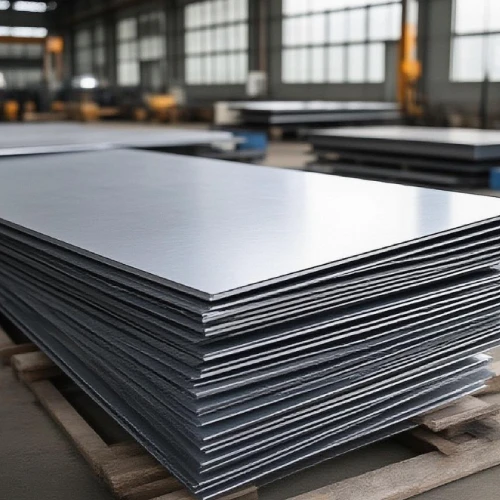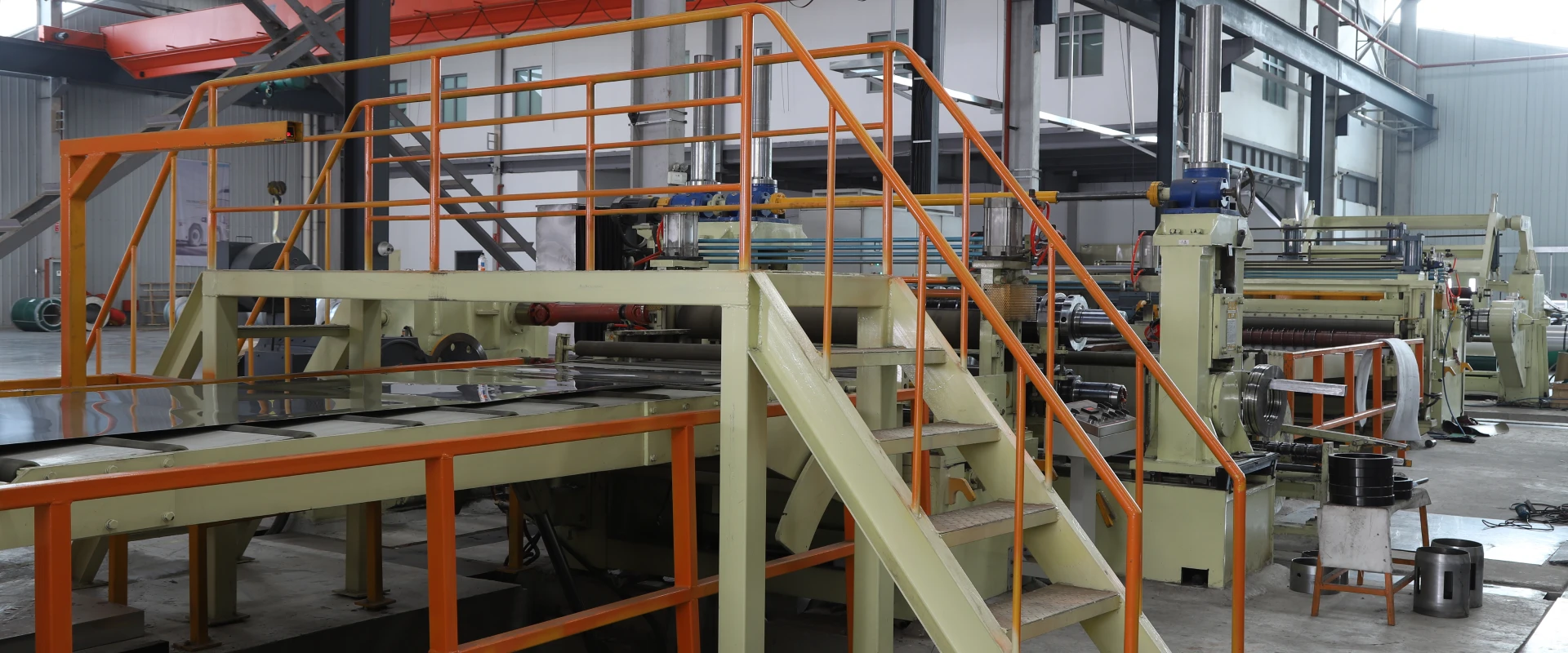Ti-6Al-4V Powder Bed Fusion: Laser Energy Optimization for 99.95% Density
Additive Manufacturing Titanium Alloy Powder Bed Fusion Breakthrough: Laser Energy Density Optimization Achieves 99.95% Density in Ti-6Al-4V
Ti-6Al-4V titanium alloy is the workhorse of high-performance industries. Light as aluminum, strong as steel, and resistant to corrosion, it’s perfect for aerospace components, medical implants, and racing parts. But making complex Ti-6Al-4V parts has always been a challenge—until powder bed fusion, a type of additive manufacturing (3D printing), came along. This technology builds parts layer by layer, melting titanium powder with a laser. The problem? Getting the final part dense enough. Even tiny pores can weaken the metal, making it unsuitable for critical uses like jet engine parts. Now, a breakthrough in laser energy density optimization has changed the game: Ti-6Al-4V parts with 99.95% density—almost completely solid. This isn’t just a small improvement; it’s a leap that makes 3D-printed titanium ready for the most demanding applications.

Why Density Matters in Ti-6Al-4V Parts
Density is the measure of how much solid material fills a given space. For Ti-6Al-4V, density directly affects strength, fatigue resistance, and corrosion performance. A part with 95% density has 5% pores—tiny holes that act like stress concentrators. Under load, cracks start in these pores, growing until the part fails. In aerospace, where a turbine blade might spin at 10.000 RPM, even a 0.1% porosity can be catastrophic.
Medical implants have their own density needs. A hip implant with pores could trap bacteria, leading to infections. And in racing, every gram counts—porous parts are weaker, so engineers have to make them thicker, adding unnecessary weight.
Until recently, powder bed fusion Ti-6Al-4V parts topped out at around 99.5% density. That 0.5% porosity might sound small, but it’s enough to limit use in high-stakes applications. “We could make complex shapes, but we couldn’t trust them in life-or-death situations,” says a materials engineer at a leading aerospace company. “That’s all changing with 99.95% density.”
How Powder Bed Fusion Works (and Where It Used to Fall Short)
Powder bed fusion builds Ti-6Al-4V parts like this:
A thin layer (20–50 microns) of Ti-6Al-4V powder is spread over a build plate.
A high-powered laser scans the layer, melting the powder into the shape of the part’s cross-section.
The build plate drops by one layer thickness, a new layer of powder is added, and the process repeats—hundreds or thousands of times—until the part is complete.
The laser’s job is to melt the powder completely, fusing it to the layer below without leaving gaps. But getting this right is tricky. Too little laser energy, and the powder doesn’t fully melt—leaving pores. Too much, and the metal vaporizes, creating tiny bubbles that become pores as the material cools. It’s like cooking a perfect steak: too little heat, and it’s underdone; too much, and it’s charred.
Older machines used fixed laser settings, which worked for simple shapes but struggled with complex geometries. A part with thin walls and thick bosses (like a medical implant with a stem and flanges) would have pores in some areas because the same laser energy didn’t suit both thin and thick sections.
The Laser Energy Density Breakthrough
Laser energy density is the key variable here—it’s the amount of energy the laser delivers per unit area (measured in J/mm²). Researchers found that by fine-tuning this density for different parts of the Ti-6Al-4V structure, they could eliminate nearly all pores.
The magic range? For Ti-6Al-4V powder (typically 15–45 microns in diameter), the optimal energy density is 50–70 J/mm². But it’s not a one-size-fits-all number. Thicker layers need slightly higher density to ensure full melting, while thin walls require lower density to avoid vaporization.
Modern machines use adaptive laser control: a computer analyzes each layer’s geometry, adjusting the laser’s power (100–400 watts) and scan speed (1–5 m/s) to hit the perfect energy density for every spot. For example, a 0.3mm thick section might use 55 J/mm² (300 watts at 3 m/s), while a 0.1mm wall uses 50 J/mm² (200 watts at 2.5 m/s).
A aerospace research lab tested this approach, printing Ti-6Al-4V turbine blades. X-ray scans showed just 0.05% porosity—mostly tiny pores smaller than 5 microns, too small to affect strength. “We’ve been chasing this for a decade,” says the lab’s lead researcher. “To see a blade with almost no pores under the scanner? It’s game-changing.”
How This Changes Ti-6Al-4V Applications
99.95% density unlocks Ti-6Al-4V parts in industries where reliability is non-negotiable:
Aerospace Components: Jet engine brackets and fuel system parts printed with this technology now meet the strictest aerospace standards. A major aircraft manufacturer tested 3D-printed Ti-6Al-4V brackets against traditionally forged ones. The printed versions were 20% lighter and had the same fatigue strength—passing 10 million load cycles without failure.
Medical Implants: Hip and knee implants need to be dense to prevent bacterial growth and ensure bone integration. A medical device company used the optimized process to print porous-coated implants (the porous outer layer encourages bone growth, while the dense core provides strength). Patient follow-ups show 98% implant survival after 5 years, up from 92% with older 3D-printed implants.
Racing and Motorsports: Race car suspension parts need to be strong and lightweight. A Formula 1 team replaced a forged Ti-6Al-4V control arm with a 3D-printed version. The printed arm was 15% lighter and withstood the extreme vibrations of racing better—thanks to its uniform density. “We used to avoid 3D-printed parts for high-stress areas,” says the team’s engineer. “Now they’re our first choice.”
Solving the Pore Problem: What Causes Porosity (and How to Fix It)
Even with good equipment, pores can form. The optimized laser energy density approach tackles the three main causes:
Keyhole Pores: These form when the laser is too powerful, vaporizing the metal and creating a deep “keyhole” that collapses into a bubble as it cools. By keeping energy density below 70 J/mm², the laser melts the powder without vaporizing it—avoiding keyholes. A comparison test showed keyhole pores dropped from 0.5% to 0.01% with this control.
Lack-of-Fusion Pores: These happen when the laser doesn’t melt the powder completely, leaving gaps between layers. The adaptive system ensures each layer gets enough energy to fuse with the one below. A study of 100 printed parts found lack-of-fusion pores in just 2 parts, down from 30 parts with fixed laser settings.
Satellite Pores: Tiny powder particles (called satellites) can stick to larger particles, creating gaps when melted. Using high-quality Ti-6Al-4V powder (with fewer satellites) combined with optimal energy density eliminates these. A powder supplier’s “ultra-clean” Ti-6Al-4V powder, used with the optimized process, cut satellite pores to near zero.
The Process Behind the Perfect Print
Achieving 99.95% density isn’t just about the laser—it’s a whole system:
Powder Quality: Ti-6Al-4V powder must be spherical (for even flow) and free of impurities. New gas-atomized powders, where molten titanium is sprayed into a fine mist, meet this standard. A powder producer’s latest batch has 98% spherical particles, up from 90% five years ago.
Layer Thickness Control: Thinner layers (20–30 microns) allow more precise melting, but take longer to print. Most manufacturers use 30-micron layers for a balance of speed and density. A medical implant maker switched from 50-micron to 30-micron layers and saw density rise from 99.7% to 99.92%.
Atmosphere Control: Ti-6Al-4V reacts with oxygen, forming brittle oxides. The build chamber is kept at less than 100 parts per million oxygen (using argon gas). This prevents oxide inclusions, which act like tiny cracks. Parts printed in a well-controlled atmosphere have 30% higher ductility than those printed in air.
Cost and Speed: Is It Practical for Mass Production?
3D printing Ti-6Al-4V is still more expensive than forging, but the gap is narrowing. The optimized process is faster, too—printing a complex part in 8 hours instead of 12. thanks to more efficient laser use.
For low-volume, high-value parts (like aerospace components or custom medical implants), the cost is justified. A aerospace supplier calculates that printing 100 complex brackets costs 30% less than forging them—since forging requires expensive tooling that isn’t needed for 3D printing.
For higher volumes, hybrid approaches work: print the complex core of a part and machine the outer surfaces. This cuts production time by 50% compared to full machining. A manufacturer of Ti-6Al-4V valves uses this method, producing 500 parts per month at a cost 25% lower than fully forged valves.
Future Trends: Beyond 99.95% Density
Researchers are already pushing further. One team is testing “multi-laser” machines—four lasers working together to print Ti-6Al-4V parts 4 times faster, while maintaining 99.95% density. Another group is exploring in-situ monitoring: cameras and sensors that check for pores as the part is printed, adjusting the laser in real time. Early tests show this can catch and fix potential pores before they become a problem.
Material scientists are also developing new Ti-6Al-4V powder blends, adding small amounts of boron or yttrium to improve laser absorption. These powders melt more evenly, making it easier to hit the optimal density.
Why This Matters for Additive Manufacturing
This breakthrough isn’t just about Ti-6Al-4V—it’s proof that additive manufacturing can compete with traditional methods in terms of quality. For years, 3D printing was seen as a way to make prototypes or simple parts. Now, with 99.95% density, it’s a viable option for the most critical components.
For engineers, it means more design freedom. They can create parts with complex internal structures (like lightweight lattices) that would be impossible to forge or machine—all while maintaining the strength of solid metal. For industries, it means lighter, stronger, and more efficient products.
As one aerospace executive put it: “We used to ask, ‘Can 3D printing make this part strong enough?’ Now we ask, ‘What can we design now that we couldn’t before?’ That’s the real breakthrough.”
In the end, the 99.95% density achieved through laser energy density optimization is more than a number. It’s a milestone that moves additive manufacturing from a niche technology to a mainstream solution for Ti-6Al-4V parts—changing how we build the machines, implants, and vehicles that shape our world.

